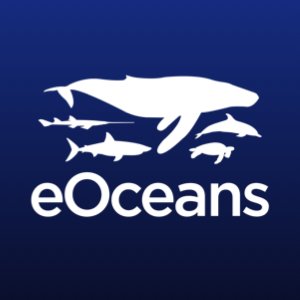Marine protected areas are growing but evaluations are out of date or non-existent (#30by30) and they need accountability if they are going to serve their purpose.
MPAs are being pushed to cover 30% of the world’s ocean by 2030 to the tune of $5–19 billion annually and creating 1 million jobs.
These areas are designed to protect the $24 trillion in ocean assets, support a rapidly growing $1.5 trillion ocean economy and restore ocean habitats, marine species, and social values that have been significantly degraded over the last century by expanding human developments and extractions (e.g., oxygen, coral reefs, kelp, mangroves)
Other than “area covered”, a LOT more information is needed to ensure these areas provide the service needed. Do they change human uses or threats and therefore allow for recovery, are they in remote and relatively pristine areas and therefore maintain what is there, or are they Paper Parks with little to no enforcement or change in human use? All these are important considerations when evaluating success.
MPAs are complex and dynamic — species, habitats, and human uses change, inside and outside, throughout time, and around the nearby and regional area.
There are also global forces influencing success. If an MPA is designed to protect a certain habitat or species and that species moves or dies because of climate change — think of a coral reef following a mass bleaching event in Australia or stony coral tissue loss disease in the Caribbean.
We built the MPA Health Tracker™ to collaborative and transparently track all Marine Protected Areas in the same way in real-time.
Success is also determined by community understanding and acceptance, how badly the area has been degraded and needs to ‘recover’, and many other ongoing changes like Marine Heat Waves.
We absolutely and urgently need to be incorporating all these social, biological, and oceanographic complexities in our MPA evaluations and these evaluations need to be in near real-time.
But, scientists are still writing down their observations, one at a time, and analyzing for one question at a time. It’s insanely slow — taking years to decades to understand a single issue. Therefore, most MPAs have never been evaluated and even the most well-funded MPAs are only evaluated every 5 to 10 years, and rarely do they include a social, economic, or cultural evaluation — their selling features.
Four years ago I set out to fix this problem. Over the last 4 years, I designed the software, hired a team of developers and scientists, and created the world’s first all-in-one collaboration tool for MPA monitoring and assessment — the MPA Health Tracker™ and MPA Health Score™. Finally, communities, fishers, managers, decision-makers, scientists, and explorers can affordably, transparently, and collaboratively track the social and ecological dimensions of their MPA in real-time.
We urgently need to work together, across all perspectives, interests, and borders to add accountability and transparency in the monitoring and assessment of MPAs — a multibillion-dollar investment that is designed to protect the ocean and us. Please, forward this to your local MPA representative to encourage them to get started today.
Over 18,000 Marine Protected Areas have been designated around the world, but few have ever been assessed to determine if they are performing across social, biological, and anthropogenic dimensions.


